One concept at a time is introduced, and the student is allowed to become somewhat proficient before another concept is presented. The treble and bass clefs are like two different languages, as the lines and spaces have different letter names. After successfully learning and playing each clef separately, both hands played together in Level 1. Proper notes, rests, and timing appeared in Level 2. Level 3 presents more advanced sight-reading and playing opportunities, accidentals, major scales, and key signatures.
Yes – Anyone who can read words and follow directions should be able to read music using this method.
The unique Instructional Design approach methodically increases skill by introducing one single concept at a time.
Yes, if the keys are the same size as those of a piano then a keyboard can be the initial instrument. The width of each key should be equal to or very close to the 7/8th inch standard piano key width. This will allow for a smooth transition to a piano in the future. I would not recommend a miniature keyboard, as the keyboard transition would not be similar enough. Weighted or semi-weighted keys would be preferable, as they would feel most like those of a piano. How many keys? A standard is 61 keys, and this is plenty long enough for a student, but fewer keys are also acceptable. A sustain pedal attachment would be advisable since the pedal usage is introduced in Level 4 of the six-year-old to adult series. The pedal attachment usually comes with the keyboard, as well as the AC adapter cord, but the buyer should determine if it is to be ordered separately. A bench or chair (totally horizontal and not angled/sloped in any way) is necessary. The line of the keyboard and the seat need to be parallel. I don’t recommend chairs as they are more difficult to position correctly. For example, consider how odd it would feel if the student was using a traditional folding chair where the seat slopes up. It creates a tension in the body to maintain a parallel position relative to the keyboard, which is not only uncomfortable but a major distraction.
The teacher can remind the student that playing the piano is like speaking two different languages at the same time. There will be moments when the brain stalls as it tries to determine which language/clef is to be played with which hand. This is why only the right hand treble clef is introduced first, and the student is required (under teacher supervision) to say each letter name aloud as the key is played in order to reinforce learning to long-term memory. Short-cuts (not saying letters) cannot happen at this point, or learning will not sufficiently occur. Yes, the first exercises are easy to play, but verbally attaching a letter name to a key and its line or space on the staff – and moving forward and backward within the alphabet – is much more difficult. Skipping the identification process will cause frustration quickly when hands are combined since learning never concretely took place with each hand’s staff in the beginning. If the student was faithful in saying aloud letter names and correctly locating each on the keyboard, he will still have some moments when the brain stalls. Doing any two things simultaneously can be tricky. The teacher should remind the student that two languages are being played at the same time. When stalling occurs, have the student choose one hand first, identify and locate the correct note, and then repeat the thinking process with the other hand, and only afterwards play hands together. I tell my students to think of the right hand treble clef as being “German” and the left hand bass clef as being “French” – both are foreign languages to the student. Each has a different “language” of spaces: F-A-C-E for treble and All-Cows-Eat-Grass for bass. Draw a smiley face near a treble clef sign and write/draw “cow” near the bass clef sign. “We want our FACE to be above a cow, not underneath a smelly cow, so think of the right hand staff as being on top of the left hand’s staff.” Over weeks of lessons, this visual does help remind the student of the orientation of keyboard to staff. So when stalling occurs, tell the student to first find one hand’s note (I prefer treble), then find the other hand’s note, and then play them together. When the student remembers that two different languages are being learned, and the procedure of one hand first – then the other – then together, this usually greatly lessens frustration. It’s a learned process that takes some time.
It is a unique approach to learning to read printed music and locate the corresponding keys on the piano. Based on the learning principles of Instructional Design, this method does not rely on hand-positions and finger numbers to orient a student. The focus is solid reading of the notes in printed music, not playing by imitation or by rote.
Anyone who can read words (English) should be successful in self-teaching this method, if the simple directions are correctly followed. Parents would be able to guide their children in learning to play piano at home. Regular short lessons/practice sessions of less than 10 minutes are recommended. Music teachers can finish out the weekly lesson by supervising the completion of the corresponding theory book assignment.
There are two levels of books: The Revolutionary Piano Method series is for ages 6 and older, even adult. The Itty Bitty Level series is for the very young student, ages 4 and 5. How will I know if my child is ready for lessons? Review the “Getting Started” tab on the Menu for a description of what your child should be able to do before starting this method.

